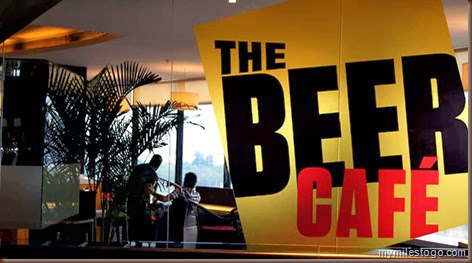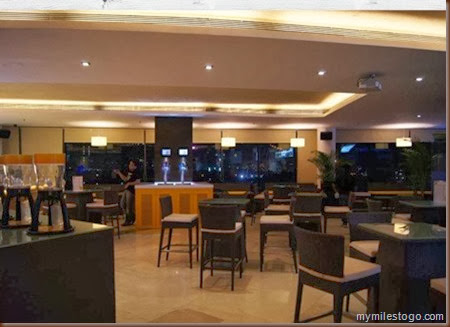I was present at the India Retail Forum in 2012 at Mumbai’s Renaissance Hotel. The annual event was a carnival of sorts for Retailers across the country. Images Retail, the magazine publisher’s flagship event attracted thousands of retail enthusiasts every year and the year 2012 was a landmark one. This was when there was a cooling down in the Indian Retail story which scaled peak heights at the time. An estimated 350+ Malls were operational all over India and another 300 were in the making. India was touted to have 1,000 operational Malls by the year 2020 (which didn’t happen, obviously). Each mall would have atleast 250+ vanilla stores, 5-6 Anchor tenants and High Street rents had doubled in less than a decade.
During an interactive session, Mr. Kishore Biyani, Founder and CEO of the Future Group was asked what went wrong with the group – this was the period the Group saw one of its toughest times in their history ever since they started operations in 1987 with their first ever company Manz Wear Pvt. Ltd. which sold suiting and shirting in Calcutta by the name and style of “Pantaloons” which was a combo-word of Pants and Patloons. Kishore Ji quipped that “they wanted to be everything to everyone” and hence a few things collapsed while a few stood tall and successful. The group’s e-commerce outing FutureBazaar.com was a colossal failure and couldn’t compete with a start-up named “Flipkart” (in 2012-13). So ironic looking back now. Their attempts to go “phygital” just didn’t work. Grocery e-commerce was unheard off and hyperlocal as a strategy didn’t even exist or was scripted.
From running neighbourhood grocery shops measuring 1,000 sft. to running the Central chain of Malls across India, a hypermarket which redefined grocery and household products shopping in India, food courts and home improvement stores, joint-ventures with F&B chains and even a chain of kiosks by the name “ChaMosa” , which as the name suggests sold Chai, Samosas and may things more, the group was in to every format of retail which was in the book and which wasn’t. But the smart and suave entrepreneur that he is, Kishore ji exited his first love – “Pantaloons” store chain for Rs. 1,600 Crores to Aditya Birla Retail and pared an equal amount of debt driving the company back to success, profits and growth, eventually.
Same is the case right now with many restaurants who wish to manage door delivery of food to customers. Off late, there has been a growing disquiet between the F&B houses – chains as well as neighbourhood standalone ones with the Food Tech companies such as Zomato, Swiggy among others. And the main bone of contention is that the tech platforms are overcharging the businesses – ranging from 20-45% towards discovery, discounts and delivery of food items to customers. What the restaurants believe is that these companies are mere delivery platforms. What the Food Tech companies are – are much beyond that.
In India, eating out is “entertainment”. People dress up, wear make-up, connect with family and friends to step out for a meal – whether it is to celebrate a birthday or anniversary, salary weekend or just a casual outing. The premium that bars, pubs and restaurants have been commanding for “dining in” in India is not just for the great food, but also for providing an enjoyable and safe setting for individuals and cohorts of people to spend their time. So, more the premium a location is, the more expensive is the food (a cup of Coffee or Dal-Roti at a local restaurant vs. a premium restaurant in a Mall, or a Star hotel & so on!).
Assuming that patrons would keep paying more for the “setting” coupled with decent food, many restaurants across India have been charging a premium which has only been on the rise over the years. Even in a fiercely competitive category like pizzas – where Dominos specialises in take-aways vs. PH offering world-class dining options, prices of pizzas have remained more or less the same though Dominos saves immensely serving pizzas even to in-house guests in corrugated boxes with plastic chairs and tables. The likes of McD or BK have not been able to churn out profits like elsewhere in the world due to this continued focus on the restaurant format, the ambience and expected service standards. For Ex., India is probably the only country where we consumers expect someone to clear the paper packaging on which Burgers and Colas are served. So, the “cost of housekeeping” increases the business cost.
Now that consumers have been used to door delivery of F&B, mostly during the last 12 months and even before the pandemic began, the footfalls at restaurants for dining has dwindled. Sadly, most restaurant chains have not kept up with times and have followed their traditional ways of operating the business with the same kind of dine-in behaviour which today, unfortunately is becoming an expensive affair. With a total lockdown announced across some of the major towns in the country, restaurants are unable to operate the dining facility though the Government has allowed multiple delivery options.
Now, what the Food-Tech companies have done, obviously is to charge consumers for deliveries and also charge a hefty commission from restaurants to catch-up on their hereditary losses – though am not sure if this model is sustainable. Even when the “Unlock” began around Aug. ‘20, many restaurants failed to convert their business model with a deeper focus on takeaways and deliveries, instead waited with bated breath for customers to keep pouring in. Until the second wave hit us and which has hit us very, very hard that there is no looking back now and consumers becoming weary to venture out, even after the so-called second wave slows down sometime in Jun. ‘21.
The ongoing tussle between the Restaurants and Food-Tech companies (I refuse to call them delivery partners because they are not just that) has reached a tipping point now that many restaurants are pulling off some of these platforms and are instead using pure-play delivery partners such as Dunzo, Shadowfax, Delhivery among others and / or are merely using their staff and waiters to deliver the food items. To opine the least, this is a disaster in the making. The waiters and staff are not the “delivery person” material as their skill sets are quite different. But now, due to an imminent loss of livelihood, I believe they would double up their roles until they find their fitment elsewhere.




























